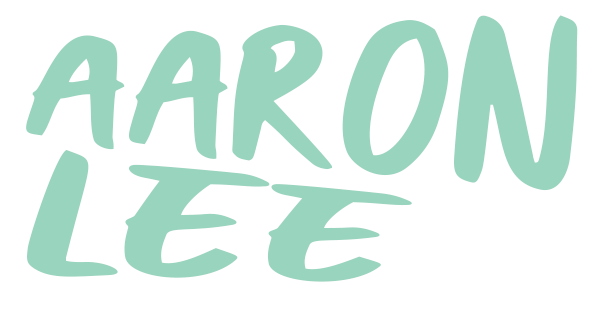The continual rise of data-driven marketing is beginning to hurt the “specialness” of traditional creative advertising as we know it. The ability for brands and companies to see immediate, measurable results through increasingly specific data points, while good for looking at short-term results, is dragging down the quality of content being produced by some of the largest ad agencies in the world – leading to large corporations creating in-house creative departments or bringing in brand consultancies more and more. This overuse of research testing and relying on data over creativity, results in basically asking the consumers to be creative. This is not only a certain road to “genericization” of communication. It’s also just lazy thinking.
A majority of marketers now claim this continual digital growth is having an overall negative impact on creative quality of ads. In fact, a recent study by Sizmek, which surveyed more than 500 brand marketers across the US and Europe, shows that the ad industry is still largely struggling to nail down the marriage of digital advertising and powerful, thoughtful creative work. In other words, the relationship between creative and digital is being rocked by an intense industry focus on data, A.I. and privacy practices. While these things are all certainly important, the level of focus on them is becoming increasingly detrimental to creativity and originality, which is good for no one and leads to advertising messages being short-lived, disposable throw-aways, meant to capture someone’s attention for a moment and then disappear into the abyss forever.

Marketers seem to agree. Nearly 70% of marketers surveyed in the study believe that “digital growth in advertising has come at the expense of the quality of creative.” While nearly 84% say A.I. means nothing without the creative to support it. Creative innovation has always been at the heart of forging relationships with customers through branding and advertising. The explosive growth of digital marketing and data-driven digital targeting has opened new doors to personalization and reach (which is a great thing!), but marketers acknowledge that creative has not always kept pace (not so good). This, in turn, hurts brand loyalty, which is what brand owners truly hope for. Regardless of digitization, screen size, or ad format, a great advertising campaign can be a key driver for establishing and maintaining brand loyalty. But these are becoming harder and harder to come by these days.
The current focus by companies and large agencies on short-term, instantly measurable, disposable viewership is an unfortunate byproduct of the digital age we’re currently living in. Sustainable advertising campaigns designed to create and reinforce brand loyalty will be a thing of the past if we don’t start paying more attention to creative quality and storytelling like the great ad campaigns of yesteryear. Let’s get back to developing creative, compelling, and interesting content and campaigns that catch viewers attentions, spark their imaginations, and help increase brand loyalty for large and small brand alike. This certainly doesn’t mean data is not important or something to look at and consider, it just means that it also needs to be truly balanced with creative quality moving forward — not come at the expense of it.
